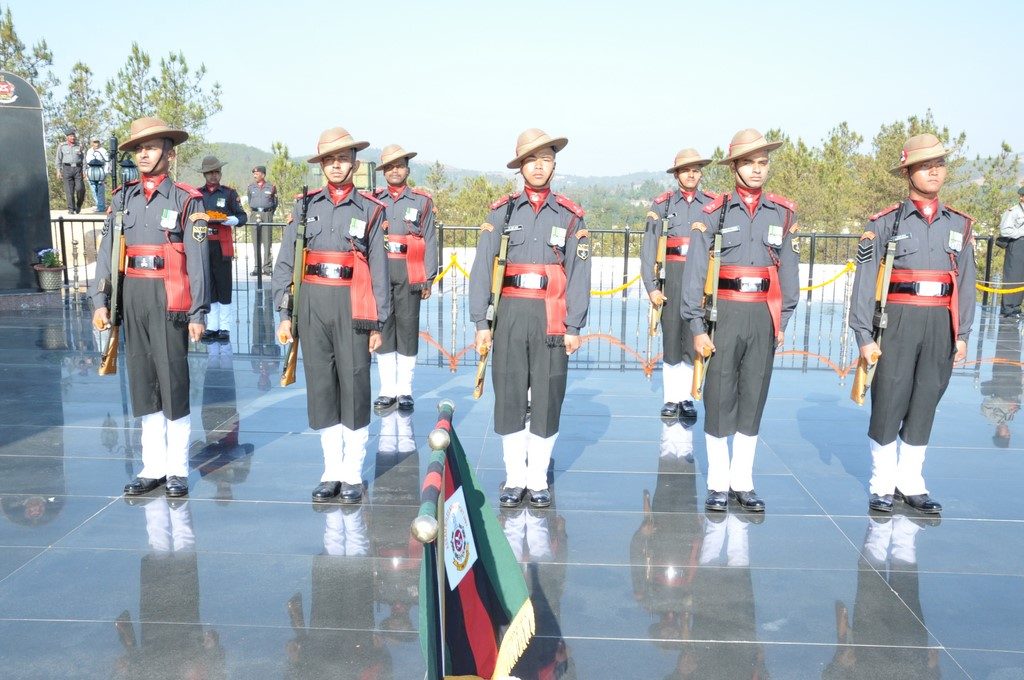Mergers have been one among the tools the incumbent government has used frequently. It has tested that twice already with public sector banks and is set for more. What is worrying is that this merger mindset is being tested armed forces also. The ministry of home affairs (MHA) has prepared a draft note that proposes handing over of the operational control of Assam Rifles over to it. It also includes a proposal to merge Indo Tibet Border Police (ITBP) with Assam Rifles. The plan for such a merger is being opposed. Both these forces are quite varied in their roles, command and control, and the opposition to the move from the ministry of defence is understandable.
Assam Rifles is a force currently under the operational control of the ministry of defence (MoD). That means 80 per cent of the officers heading Assam Rifles come from the Army. The operation of this force in counter insurgency across the North East has been lauded. The force has won many laurels for its yeoman service to the nation. But one major bugbear that the force has suffered from is dual control. While the force is under the administrative control of the MHA, its operational control, as stated earlier, is with the Army.
If the operational control of this force is handed over to the MHA, it would mean that IPS officers will then be heading the force and these officers will not be equipped adequately to handle counter insurgency operations the way military officers are.
Also, Assam Rifles and ITBP are like chalk and cheese when it comes to how they operate. The ITBP is a Central Armed Police Force (CAPF) raised in the wake of the Sino-Indian War of 1962 and its main role is to maintain vigil on the northern borders. It is also tasked with detection and prevention of border violations, checking illegal immigration and trans-border smuggling besides providing security to sensitive installations and threatened VIPs. It is not as deeply invested in counter insurgency operations inland as Assam Rifles is. Assam Rifles is the oldest paramilitary force in India and its primary role was to protect part of India’s Northeastern border. But it also maintains law and order inland.
In taking the decision to merge public sector banks, finance minister Nirmala Sitharaman had mentioned that the cultural similarities of the banks were taken into consideration. The banks being merged were found to be culturally similar, according to the FM. However, it is difficult to understand how ‘culturally’ these financial institutions were found to be similar. Now, in the case of ITBP and Assam Rifles, there is a huge difference in culture. Assam Rifles operates more like the army than a police force and has the legacy of having participated in the war with China and operations of the IPKF in Sri Lanka. It is a synaptic force which combines the features of both the military and the police. Such a force is useful for the Army, just as the Rashtriya Rifles in combating insurgency.
It is important for the government, despite difficulties in maintaining such a force and keeping the morale of men high, to keep it that way. By bringing a force such as Assam Rifles under the control of the MHA, its point would be blunted, especially given that the police do not receive the same level of training as officers and personnel of the armed forces do.
Instead of improving the safety situation, it would weaken the security apparatus in an already volatile region. The government should not turn a blind eye to the fact that postings to CAPFs are considered lucrative for IPS officers owing to the perks of office compared with the state police. Work is also comparatively less and they do not need to lead men in conflicts. Such a situation is not congenial for the safety and security of the country given the kind of shoddy work Indian Police Service (IPS) officers are known to have showcased. It is known that in most instances where serious national security issues have cropped up, these officers have been incapable of leading the men from the front.

